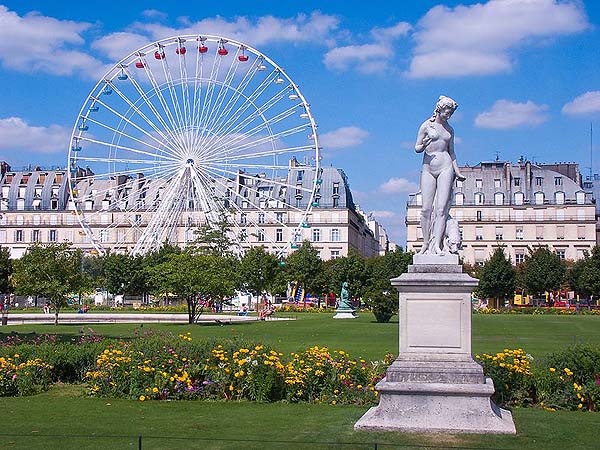Georges-Eugene Haussmann
by Andrew Boyd
Today, a city redone. The University of Houston's College of Engineering presents this series about the machines that make our civilization run, and the people whose ingenuity created them.
Paris is a glorious city. From grand boulevards to sidewalk cafés to prim parks, it's a city to be savored. But that wasn't always the case.
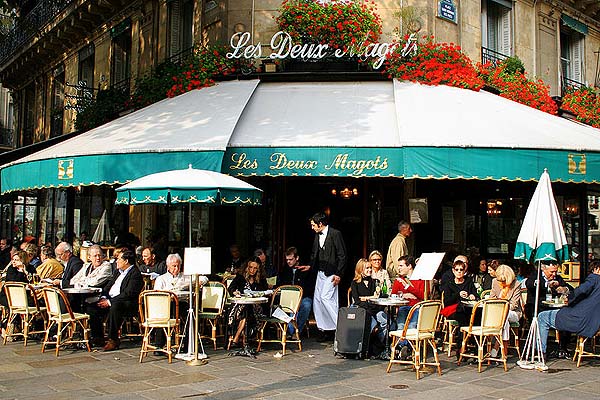
What we now call Paris was inhabited long before recorded history. Like many cities, it grew without a master plan. That is, until Georges-Eugène Haussmann arrived on the scene in 1852. Haussmann was commissioned by Napoleon III to modernize Paris. And he undertook "the most comprehensive programme of urban redevelopment ever experienced by a major city."
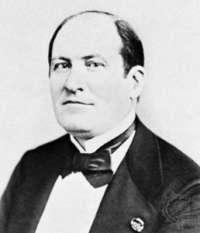
Haussmann was confronted with an overgrown medieval town — small winding streets, wooden buildings, poor water and sewer systems. It was a cauldron for disease. And the narrow streets didn't make for easy traffic flow … or troop movement — important when staving off foreign invaders or quelling revolutions. So Haussmann went to work. And not with a gentle hand. If a boulevard or park was needed, buildings were razed. By some estimates, Haussmann transformed fully sixty percent of Parisian dwellings in one way or another.
Where grand boulevards met, Haussmann created equally grand squares. Châtelet. The Place de l'Étoile. The Place de la République, three football fields long and a football field wide.
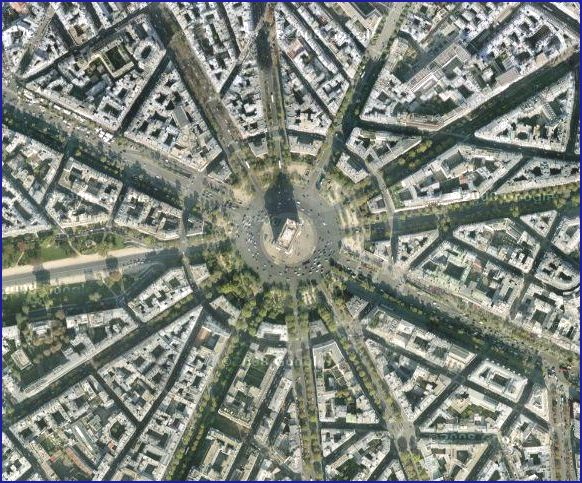
Sewers were built. The fresh water system was improved. Rigid architectural standards brought about a pleasingly uniform urban landscape. In less than twenty years, what came to be called Haussmannism completely reshaped the city.
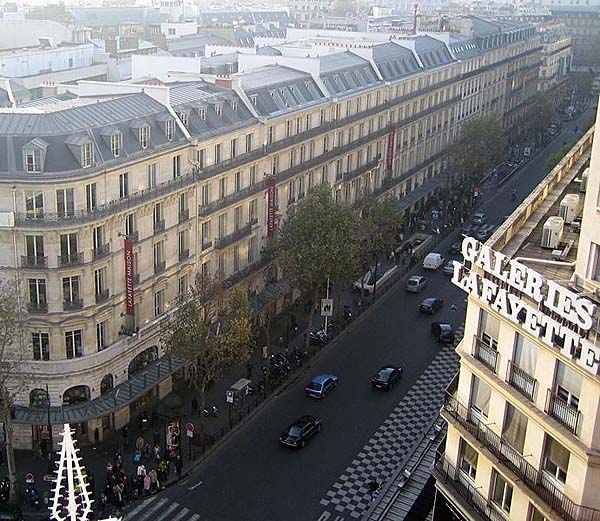
What an audacious undertaking! Such radical changes were certain to enflame emotions, even if most people agreed that changes were necessary. The wide boulevards made for a less intimate environment. Some stretched one-hundred feet from side to side — equal to about nine lanes on today's freeways. Many, many people were displaced — mostly the poor, who were forced to move to the city's outskirts as property values shot up.
But Haussmann's efforts largely achieved their goals. Air and traffic circulation improved. Disease plummeted. Large, open spaces were made available to the people. And infrastructure was put in place for the coming industrial revolution.
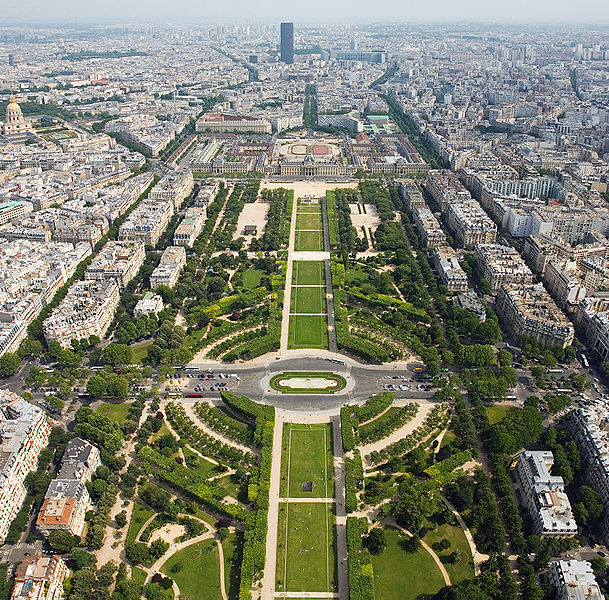
But even more, Haussmann created a city that inspired — an uplifting city; a city with a soul. Paris continues to evolve along with the ambitions of urban planners. But with every walk down a Parisian street, or stroll through a Parisian park, Haussmann's imprint remains clearly on display.
I'm Andy Boyd at the University of Houston, where we're interested in the way inventive minds work.
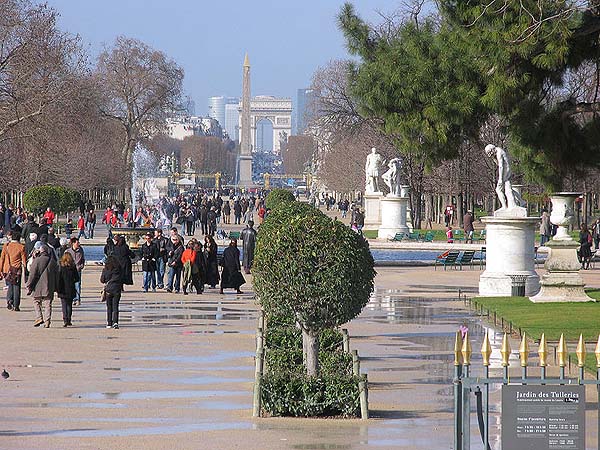
For a related episode, see THE SEWERS OF PARIS.
N. Evenson. "Paris: 1890-1940." From Metropolis: 1890-1940, A. Sucliffe, ed. Chicago: The University of Chicago Press, 1984. pp. 259-288. The quotation in the episode is taken from p. 263.
N. Evenson. Paris: A Century of Change. New Haven: Yale University Press, 1979.
Baron Haussmann. Taken from the Wikipedia web site: https://en.wikipedia.org/wiki/Baron_Haussmann. Accessed August 4, 2009.
Haussmann's Renovation of Paris. Taken from the Wikipedia web site: https://en.wikipedia.org/wiki/Haussmann%27s_renovation_of_Paris. Accessed August 4, 2009
The aerial picture of the Place de l'Ètoile is from Google Maps. All other pictures are from Wikimedia Commons.
